District Plans Approach For Return to Campus
The San Juan Unified school district plans on sending a survey regarding parent’s and student’s comfort with returning to school as Sacramento County infection rates decline.
Photo By Katelyn Newton
The freshman quad remains empty, as first year students still await their first day on campus.
San Juan schools could reopen by the end of October if the county maintains its low rate of coronavirus infections, but several factors beyond infection rates will determine if students return to campus.
The state announced last week that Sacramento County has lowered its COVID-19 infection rate sufficiently that if the numbers hold up it could be moved from the highest-risk purple level to the red tier on Sept. 29 if the county continues to meet the red tier’s criteria for 14 consecutive days.
The San Juan Unified School District will base its decision on reopening on availability of rapid testing, contact tracing and parent input, as well as COVID-19 infection rates, according to the district’s Senior Director of Community Relations Trent Allen.
The district plans to send out a survey to families in early October regarding their preference for students to return to campus.
Sacramento has been in the purple tier, indicating “widespread” infections and high risk, since the school year started in August, mandating distance learning. The red tier, or tier two, indicates “substantial” presence of the virus, with four to seven new cases per 100 thousand residents each day.
Should the county enter the red tier, restaurants and places of worship could open indoor facilities at 25 percent capacity and schools would be able to resume in-person learning, with modifications.
“The earliest Sacramento County schools could open is Oct 13,” said Allen. “We are very much wanting to return both students and staff to campus when it’s safe to do so.”
The Oct. 13 date assumes the county enters the red tier on Sept. 29 and the rate of positive tests continues to decline. But Allen said the district would give families and staff a two week notice, during which time the country would have to remain in the red tier, before schools could open.
Acquiring access to COVID-19 tests
The district is currently in communication with county health officials and private health care providers to ensure if there is a possibility of returning to campus, the schools have access to ample testing.
The district has two main priorities in this context: access to rapid testing to see if the virus has spread in the event that a student or staff member tests positive for COVID-19, and access to regular tests for administration on campus in order to identify the spread of asymptomatic cases.
For high school students, any return to campus would most likely involve a hybrid model in which only some students are on campus. It would also allow students and teachers who are at high risk of infection or complications or live with someone who is at risk to continue learning remotely.
Mixed opinions on return
To some individuals, the possibility of getting the virus or transmitting it to someone at home would prompt them to continue distance learning, even if some families elected for their students to return to campus.
“It is too much of a risk for me and my family,” sophomore Jenna Supkoff said. “My father has basically every risk factor in the book and this virus could cost him his life if he gets it. I have to keep my family safe by staying home.”
While the immediate immunological health is at risk for some, others would value going back to campus for mental health.
Junior Ava Cardwell would opt into a hybrid model when safe to do so, pointing out that social interaction is important to adolescents.
“There are still a lot of health concerns with this since COVID isn’t just going to go away,” Cardwell said. “But at the same time, it isn’t healthy for people to be at home this much without contact with others, especially for teens since we are already at a stressed and anxious time.”
For some freshmen, who have yet to experience high school in person, in-person instruction would help ease the transition and feel comfortable participating in class.
“If there were an opportunity to return to school I would definitely opt in,” said freshman Zenith Rodriguez. “Personally, I learn better when I am physically in a classroom and I tend to be more comfortable and ask more questions.”
Scheduling complications affect older age groups
Should the county enter the red tier within the next month, there are many logistics outside of testing and public health that may postpone the return to campus, including scheduling.
“The plan right now calls for that when we do return we would enter a modified hybrid schedule,” Allen said, reporting that the district is continually reviewing what structure will provide the most effective and safe classroom setting.
The anticipated survey in early October will ask if families wish to send their students back to school in a hybrid model, remain on the distance learning track or consider another alternative.
The district will then have to accommodate these requests with those of each school’s staff, matching up how many teachers available with how many students want to come back.
In secondary schools, scheduling becomes even more complicated with four to six periods to reorganize for each student and teacher. The transition for secondary schools would be smoothest at the semester break, according to district representatives and school counselors.
Due to this challenge, Allen said the district could consider staggering the return to campus, sending back younger students and students with special needs first.
“Certainly for our younger learners, distance learning is a much different experience than for our high school students,” Allen said.
The district may focus on bringing elementary grade students back first.
Another factor for families with young students is the element of child care that school provides. For those adults still leaving the household for work, this is especially challenging, but even those working from home share there have been difficulties coordinating online work meetings with their child’s classes.
Helping students with special needs
One of the district’s priorities is to accommodate special education students in programs such as the Independent Living Skills at Rio.
“Before we knew the county was on the verge of red we were very much focused on the conversation around special needs kids and considering how to help them by possibly meeting in small cohorts,” Allen said.
Distanced learning has been especially difficult for these students, as hands-on learning and in-person interaction is key to their success.
“The most important is the social emotional aspect of the ILS program,” said Special Education Teacher Rene Mikluscak. “They want to come back to school and working with them on zoom everyday has been a big help, but it’s not enough.”
Secondary schools in bordering counties returned this week, including Rocklin Unified School District, which welcomed students back to campus on Sept. 21 with their hybrid model.
While Rocklin’s return does not prompt administrators to hasten the return, the district hopes to learn from their experience.
“We are looking to our neighbors and how they’re handling things, what models they’re using and how successful they are,” Allen said.
While students are at the mercy of county infection rates and the district’s ability to obtain the necessary resources, students are encouraged to continue to abide by the state and local public health guidelines and do their part in slowing the spread of COVID-19.
“We’re hoping to be able to have all those pieces in place so that we are ready when it is safe to return,” Allen said.

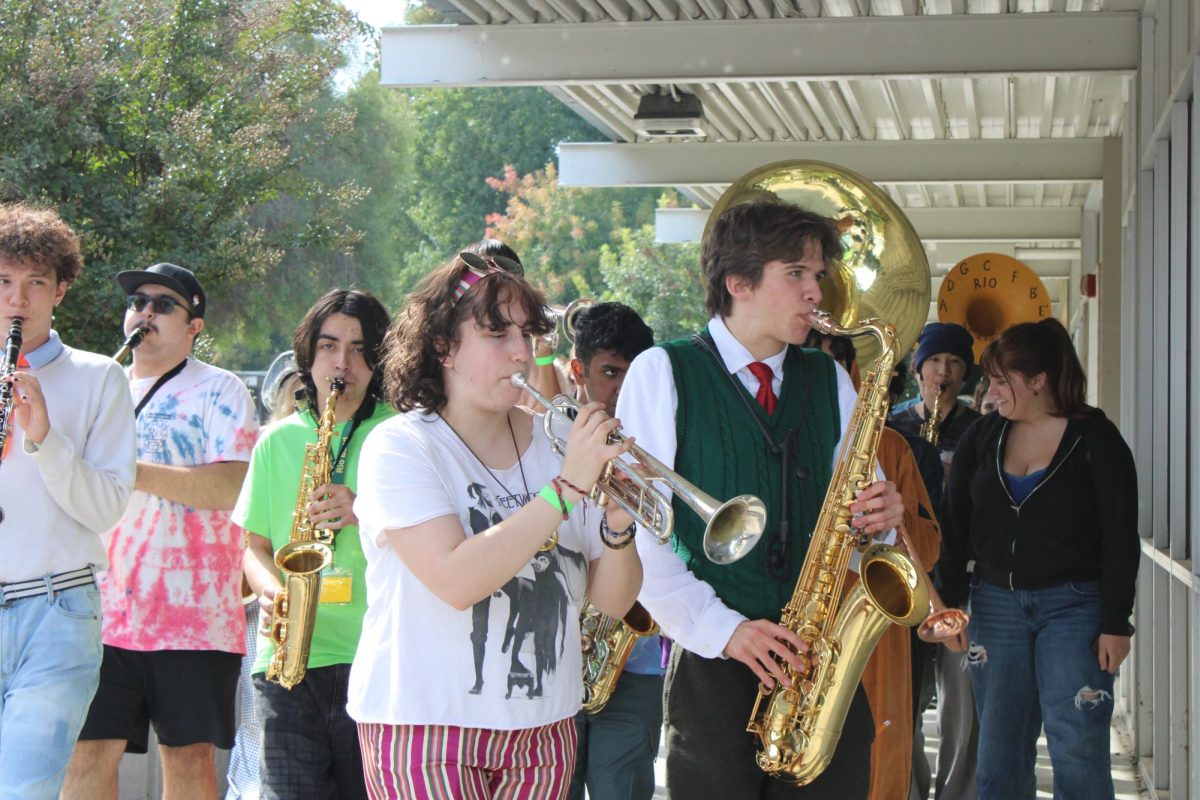
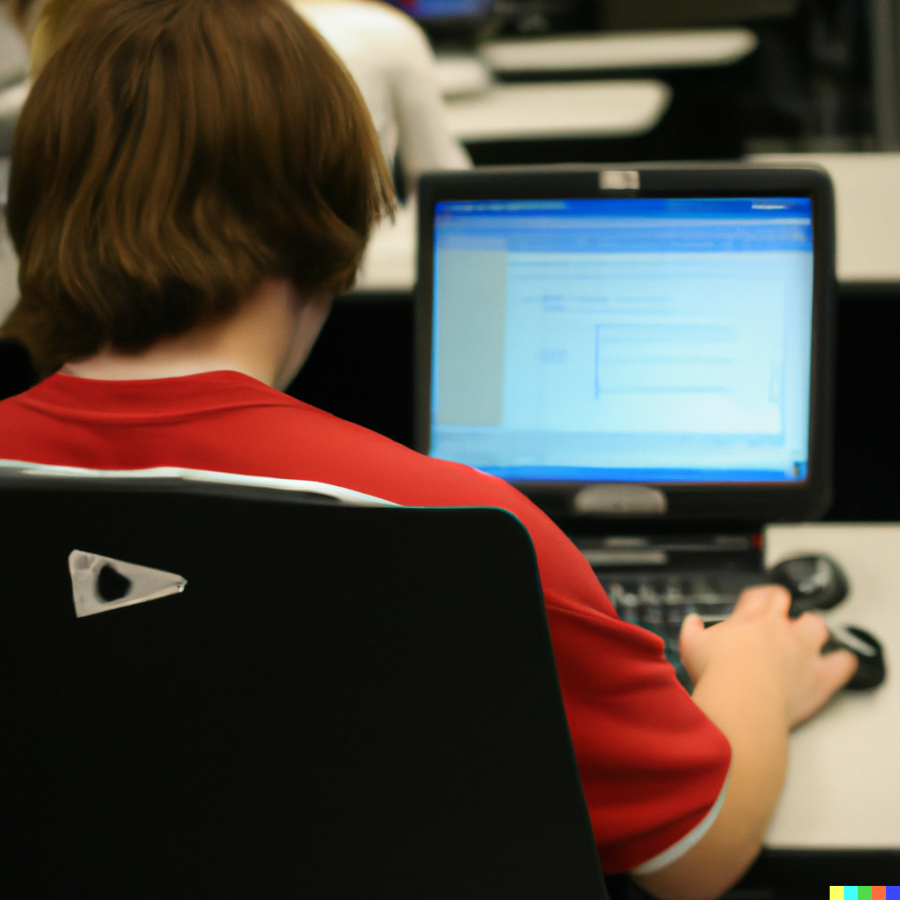

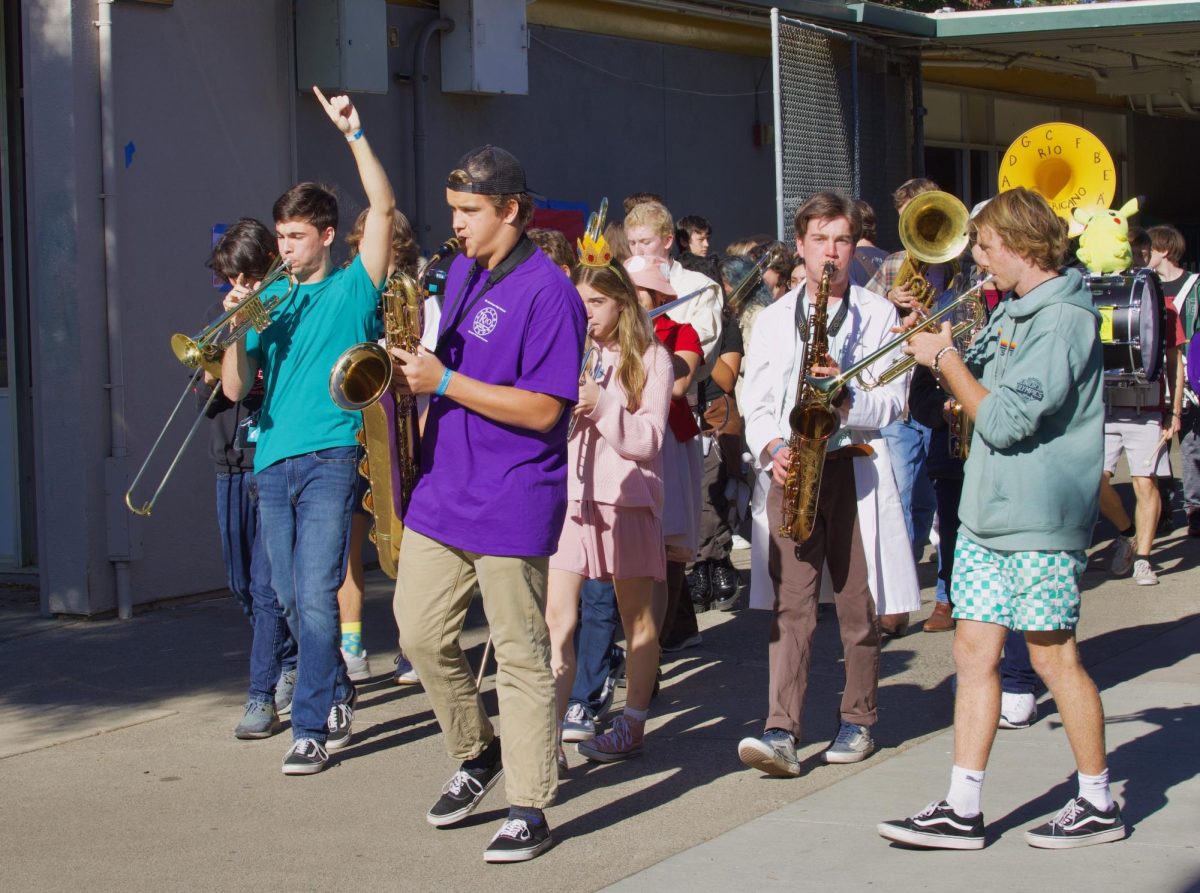



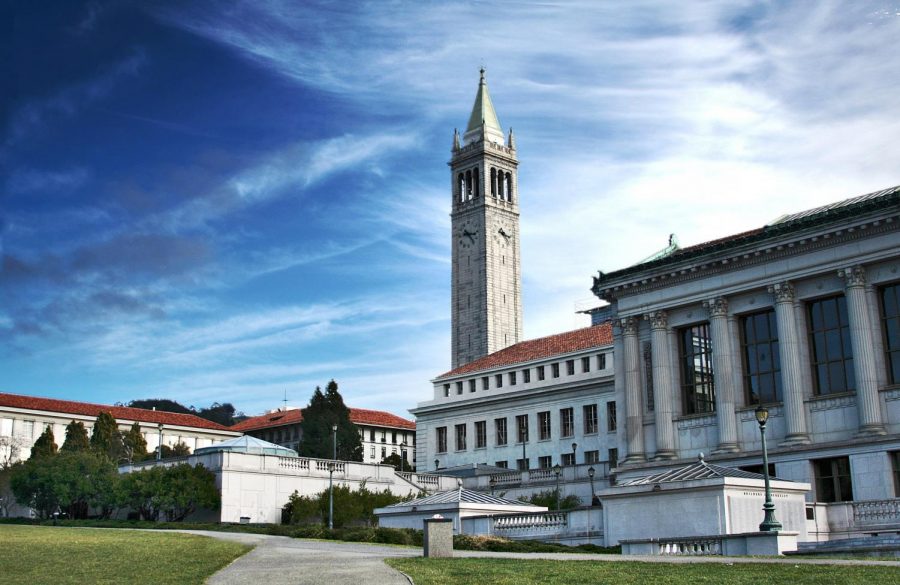




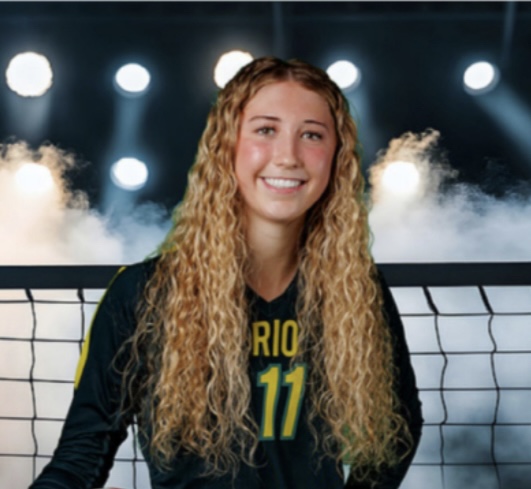



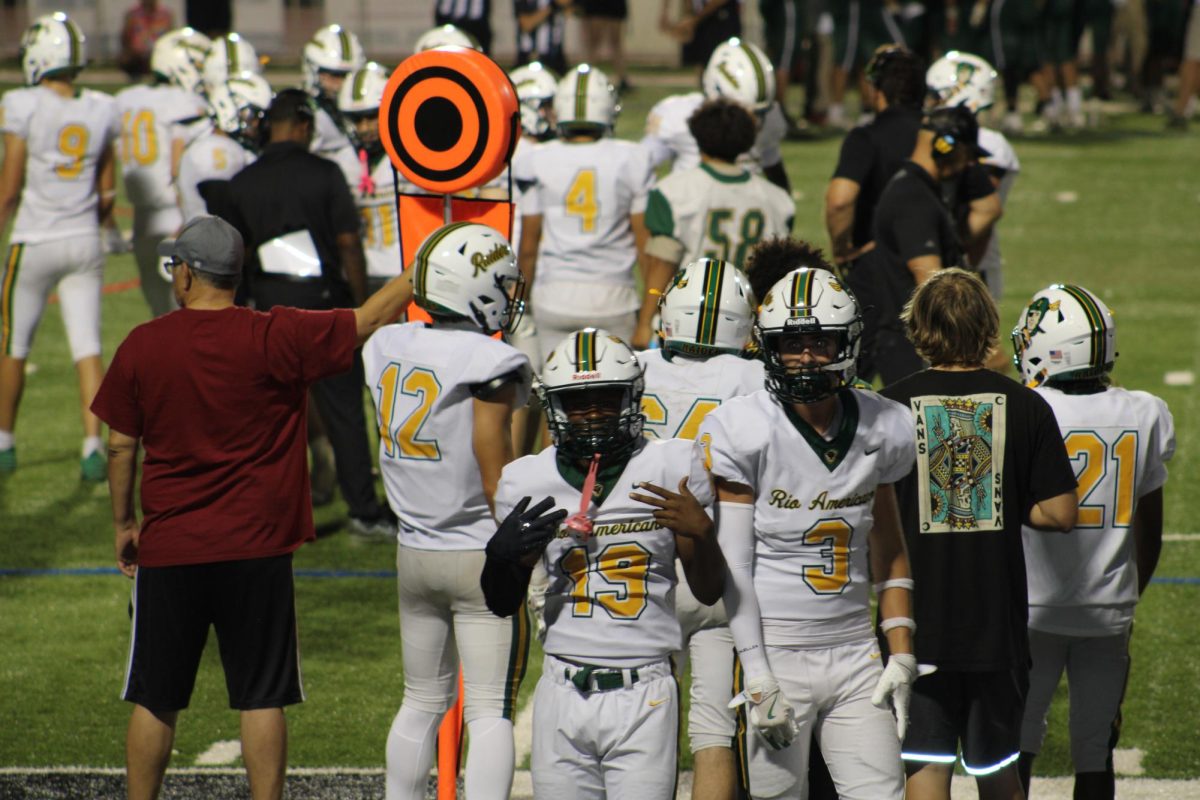


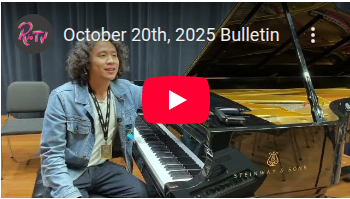


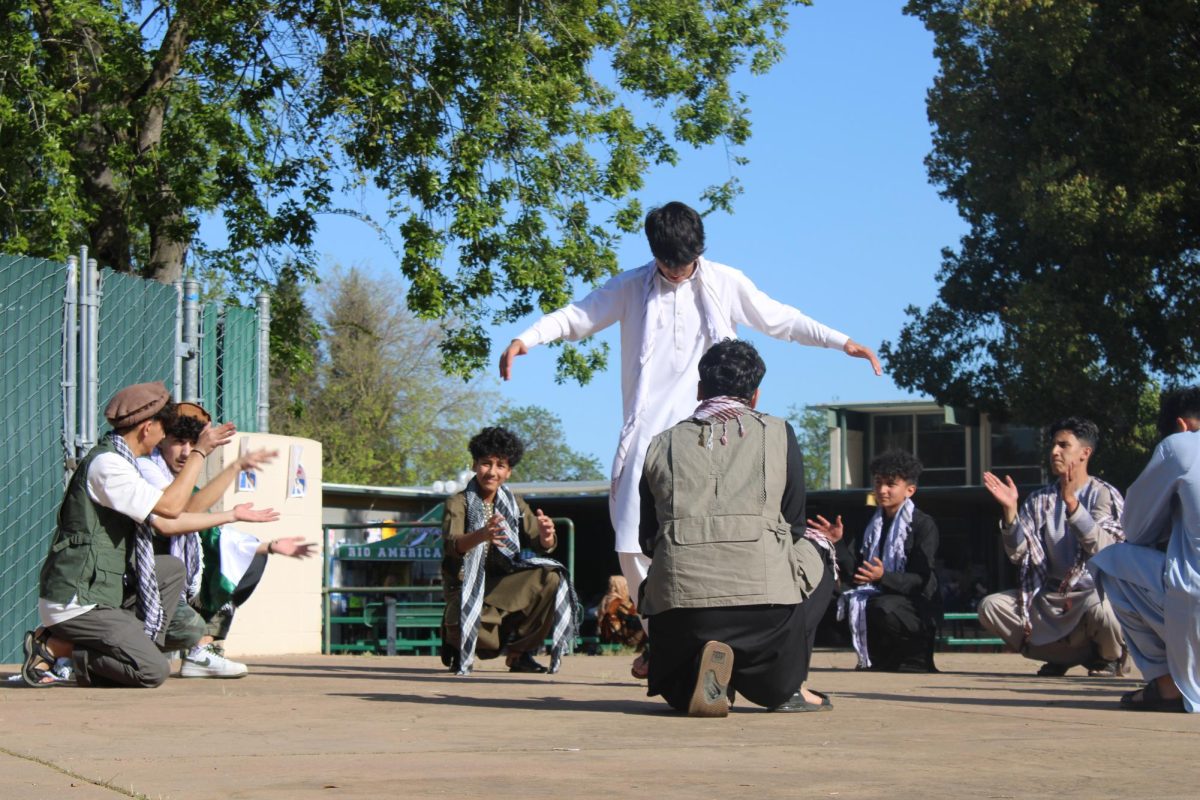
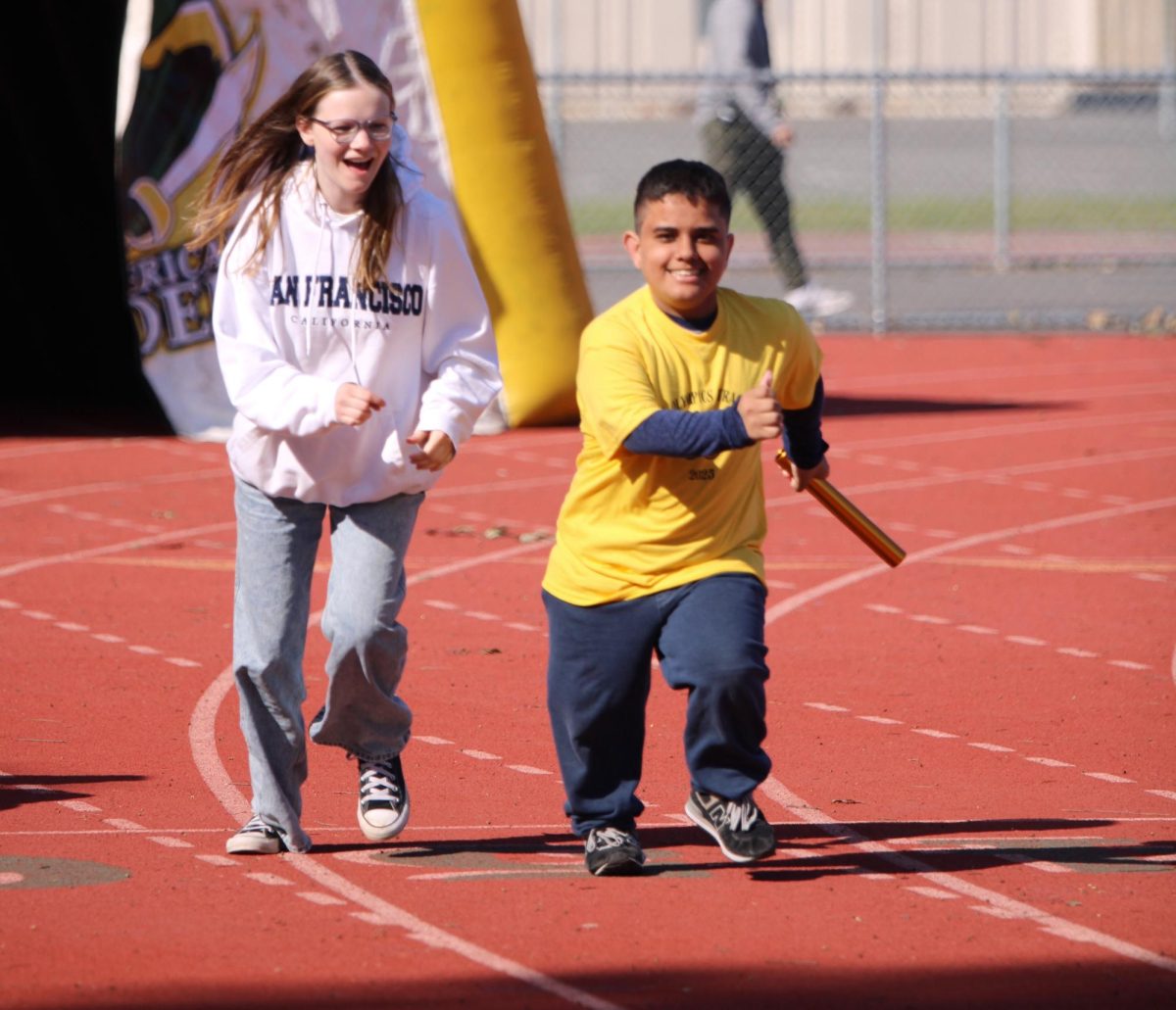
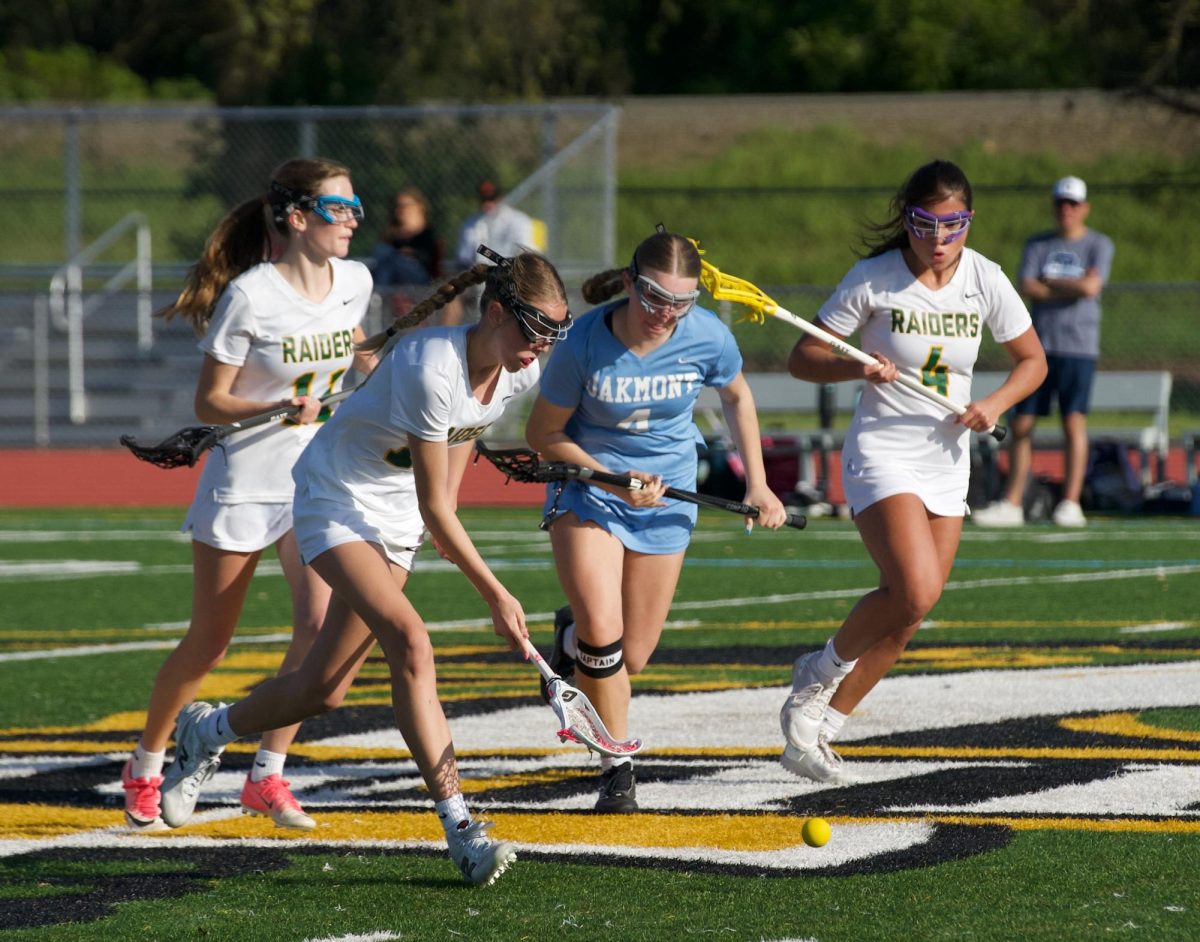
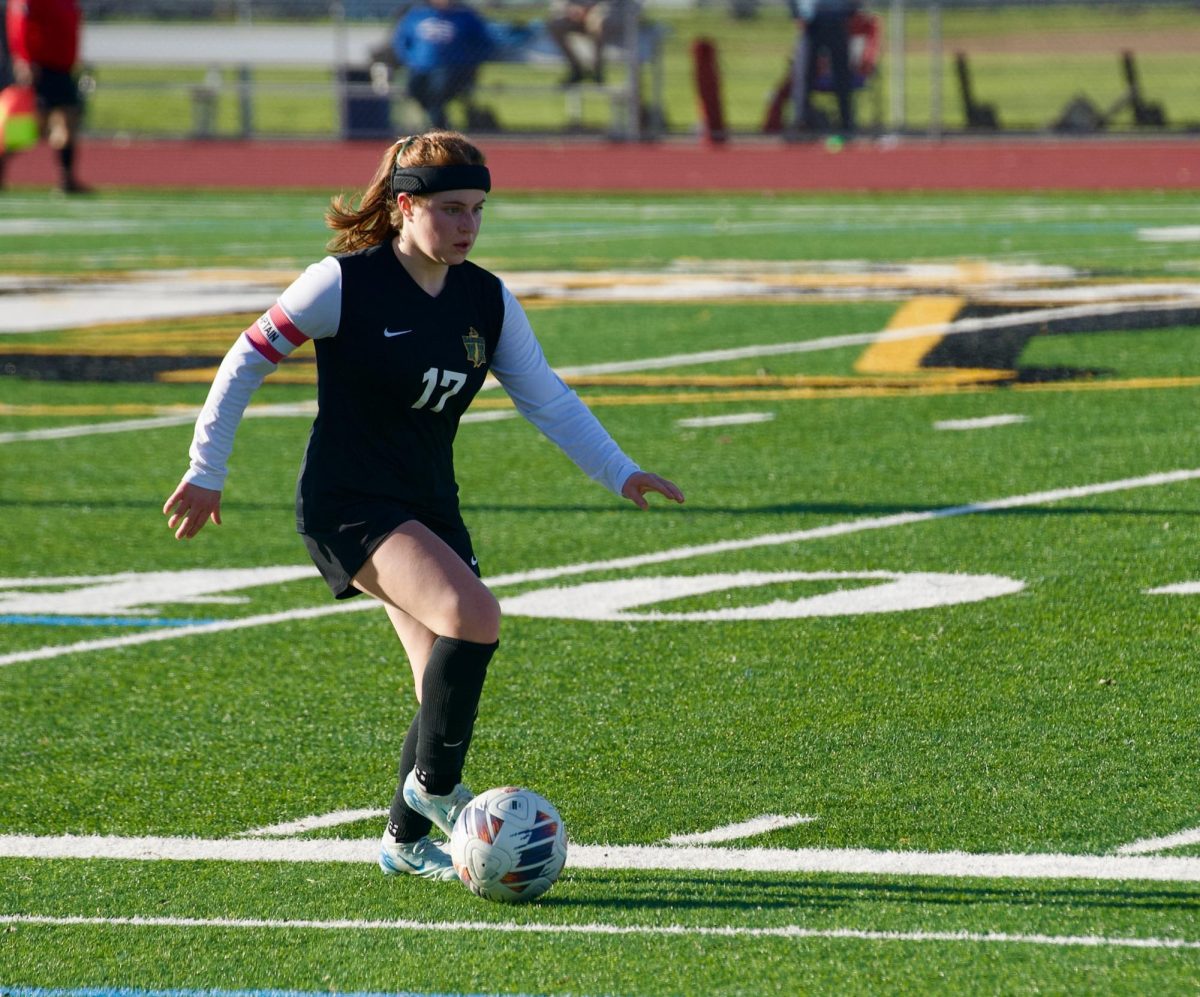
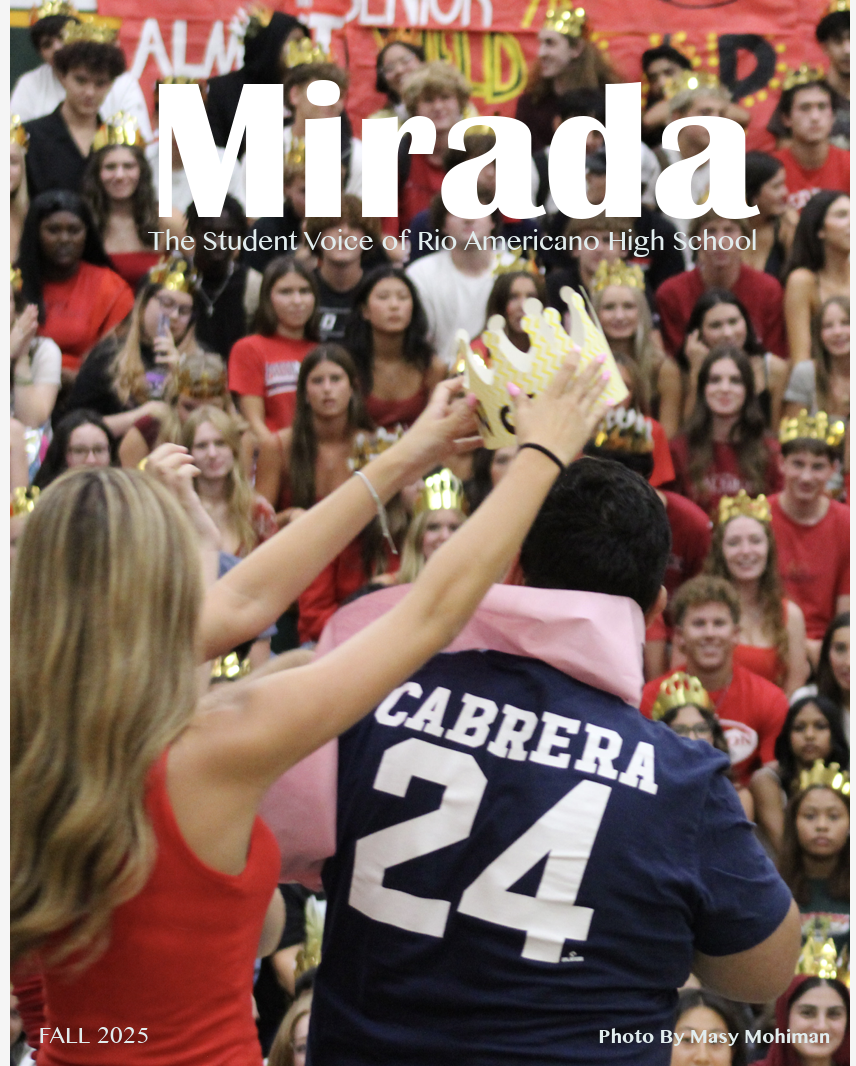






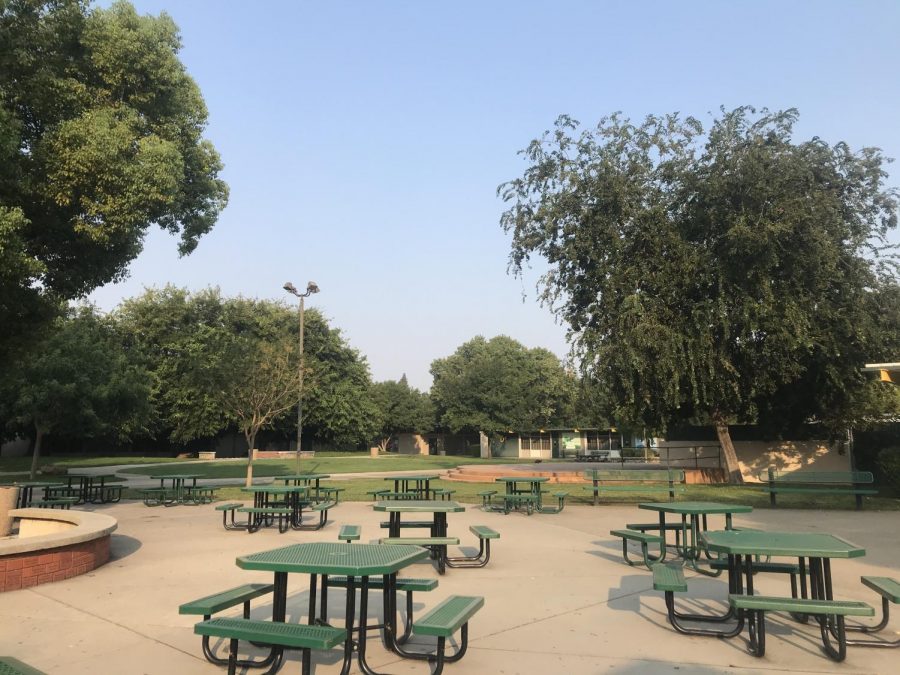

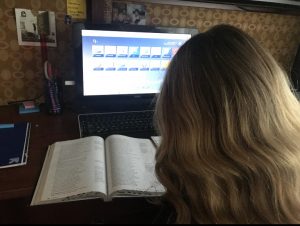
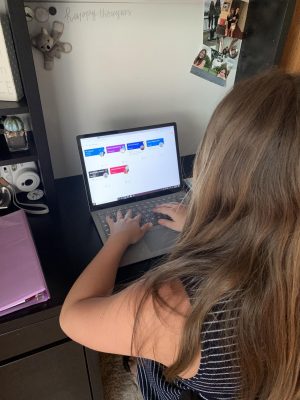
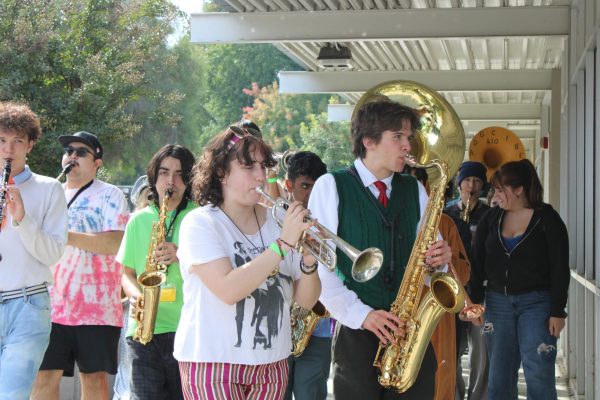
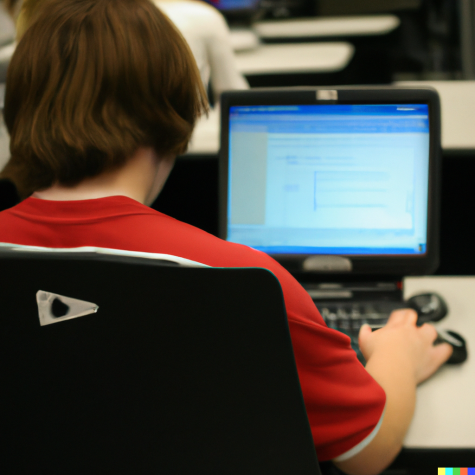
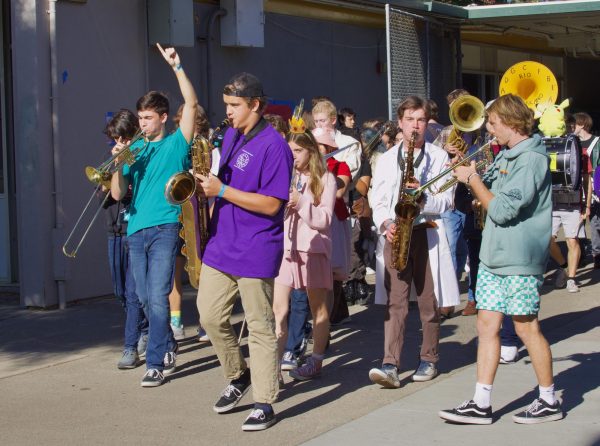
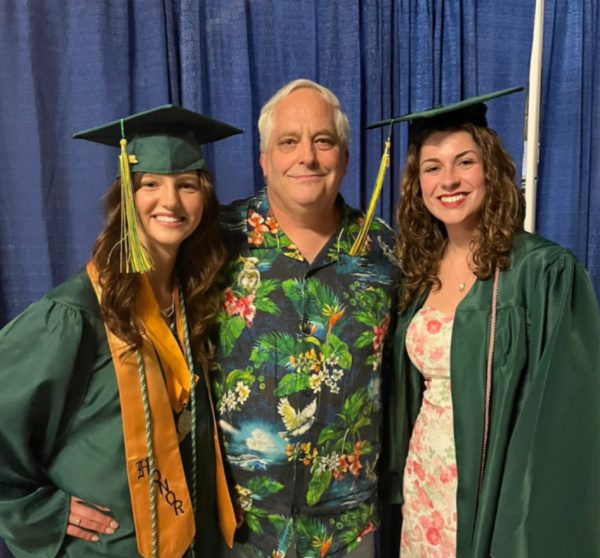
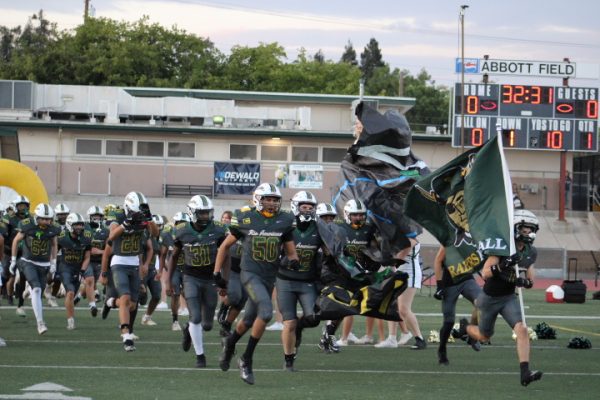
Jae Yeon Lee • Nov 1, 2020 at 7:57 PM
I believe all students want to return to socializing with their peers. However, this will be a huge risk for their parents and grand-parents. It is safer to stay in online school. A hybrid system would be great, but covid-19 could still spread between fellow students!
Alyssa Newberry • Oct 31, 2020 at 4:34 PM
It’s safe to say that a lot of us are very eager to go back to on campus school. It’s been difficult with online learning and I’m excited to head back, when it’s safe to do so! Great article!
Kyla • Oct 26, 2020 at 10:33 PM
I am excited to go back to school, but I only want to do so if it is safe. Although being at home sucks, I would be willing to wait a couple months while the board and administration figures out the best way for students to return. This article gives a really good details and interesting point of view from a student, and includes great information. Great job!
GraceAnn Lesser • Oct 5, 2020 at 9:37 PM
Great job outlining both sides of the issue. Although I am really counting on being able to return to in person learning, it is definitely important to me that we do so in a way that is safe to everyone, especially considering Rio’s large student body.
Natalia Lopez • Oct 4, 2020 at 6:05 PM
I would like to go back to school in person but I do not think it is a good idea to go back in October, there are too many risks but great article!
Nora Smith • Oct 3, 2020 at 10:46 PM
Recently, returning back to school has been a topic of conversation between me, teachers, other students, and my family. While I’d love to return back to school as soon as possible, I don’t want to do so if it’s unsafe. It’ll be interesting to see where everything goes. Great article by the way too, it’s really well written and has some great detail.
Laurel Osegueda • Oct 3, 2020 at 8:50 PM
As most kids do, I want to be able to go back to school. This article did a great job explaining the important information including pros and cons on staying at home or going back to school. This was great work!
Ruth-Mary Shackelford • Oct 2, 2020 at 6:22 PM
I want to go back to school, like most kids. I am worried about it though. This article outlined important pros and cons. Really, I think there is no winning.
Maddie Bister • Oct 1, 2020 at 6:04 PM
As a student myself, I am truly concerned with the concept of going back to school, if we even had that opportunity. Thank you for sharing so much insight to what goes on behind the scenes. Amazing work!
Sumaya Albadani • Oct 1, 2020 at 4:35 PM
Coming back to school is something that I am definitely looking forward to as long as it’s safe. I didn’t realize that it could be this soon!
Taylor White • Sep 29, 2020 at 5:10 PM
This is a very insightful article. I like that it’s an topic that is super relevant and all students can find a connection with it. Good job!
Marina Demas • Sep 28, 2020 at 3:16 PM
Really informative and well written article. There are definitely many pros and cons to returning to in-person school.